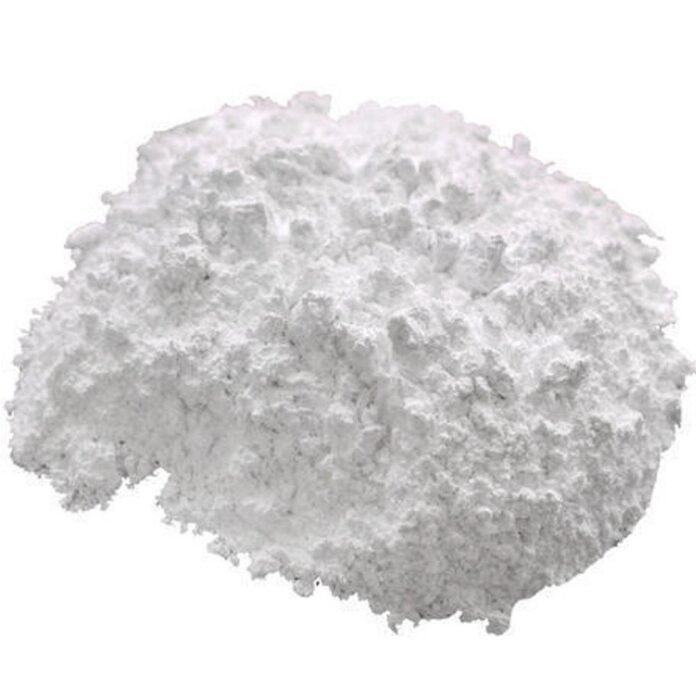Activated calcium carbonate is a crucial ingredient in the paint industry. It serves various purposes that enhance the quality and performance of paints. Understanding its role can shed light on why it is favored by manufacturers and painters alike.
What Is Activated Calcium Carbonate?
Activated calcium carbonate is a form of calcium carbonate that has been treated to increase its surface area and improve its properties. This treatment enhances its reactivity and performance in various applications, especially in paints. Unlike standard calcium carbonate, the activated version is finer and more effective in achieving desired results.
Benefits of Using Activated Calcium Carbonate in Paints
One of the main advantages of using activated calcium carbonate in paints is its ability to improve the texture and finish of the paint. When added to paint formulations, it contributes to a smoother and more uniform surface. This is essential for achieving a professional-looking finish on walls and other surfaces. Additionally, its fine particle size helps in creating a more homogenous mixture, ensuring that the paint adheres better to surfaces.
Another significant benefit is its role as a filler. Activated calcium carbonate acts as a cost-effective filler that can replace more expensive materials without compromising quality. By using it, manufacturers can produce paint at a lower cost while maintaining the desired performance characteristics. This cost-effectiveness is crucial for both manufacturers and consumers looking for high-quality paints at reasonable prices.
Enhancing Durability and Performance
Activated calcium carbonate also plays a vital role in enhancing the durability of paints. Its addition can improve the resistance of paint to various environmental factors, including moisture and UV radiation. This is particularly important for outdoor applications, where paints are exposed to harsh weather conditions. By improving durability, activated calcium carbonate helps ensure that the paint lasts longer, reducing the need for frequent repaints and maintenance.
Moreover, this ingredient can help improve the paint’s opacity. A higher level of opacity means that the paint can cover surfaces more effectively, requiring fewer coats for full coverage. This not only saves time during application but also reduces the overall amount of paint needed, making it a more sustainable option.
Impact on Environmental Sustainability
In recent years, there has been a growing emphasis on sustainability in the paint industry. Activated calcium carbonate is often sourced from natural deposits, making it an environmentally friendly choice compared to synthetic alternatives. Its use aligns with the industry’s efforts to reduce the environmental impact of paints. By incorporating more natural and sustainable materials, manufacturers can appeal to eco-conscious consumers who prioritize green products.
Conclusion
Activated calcium carbonate is a versatile and valuable ingredient in the paint industry. Its benefits range from improving texture and durability to enhancing the environmental sustainability of paint formulations. As manufacturers continue to seek ways to improve their products, the use of activated calcium carbonate is likely to remain a popular choice. By understanding its role in paint production, consumers can appreciate the quality and performance of the paints they choose for their homes and projects.


